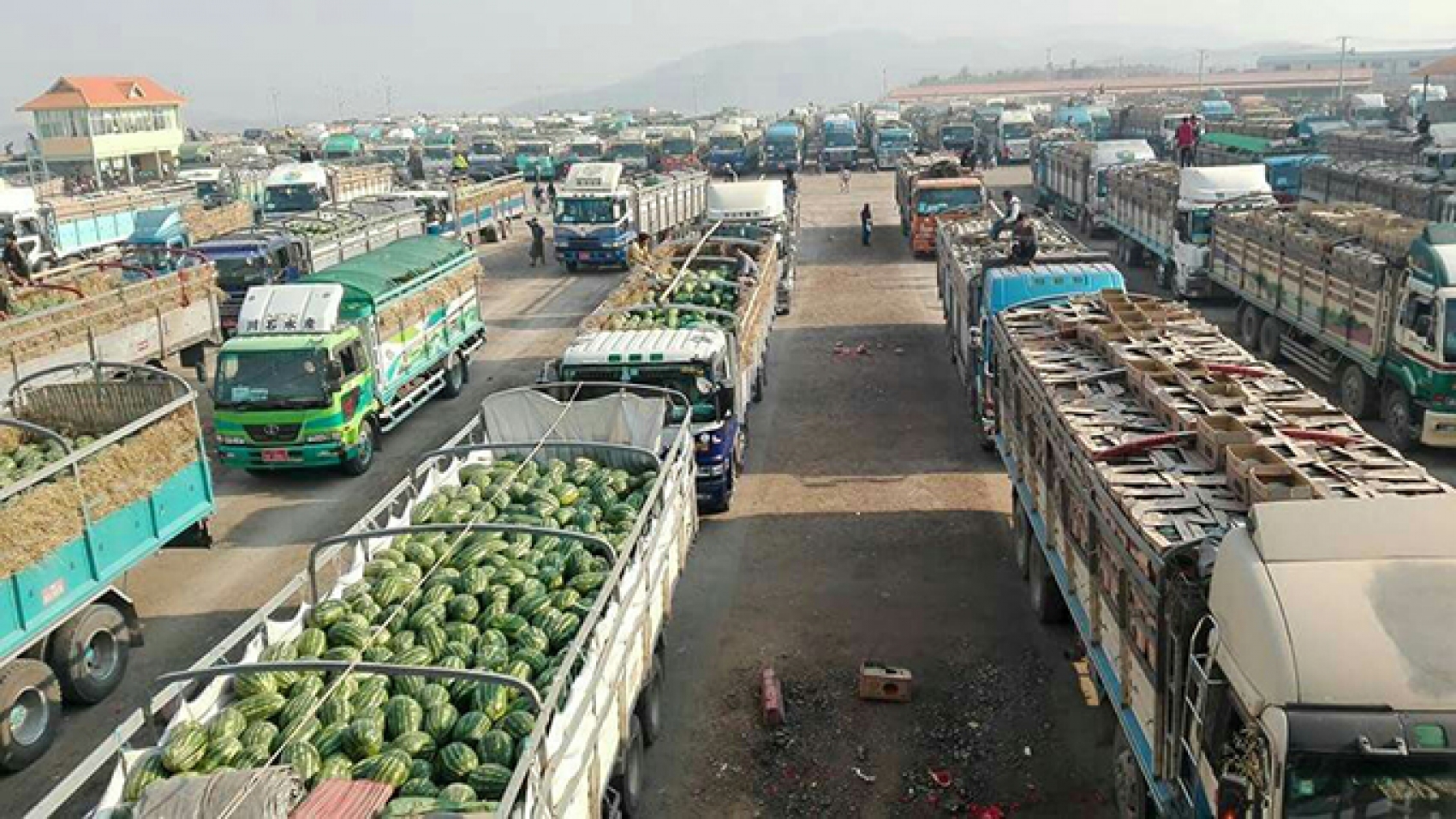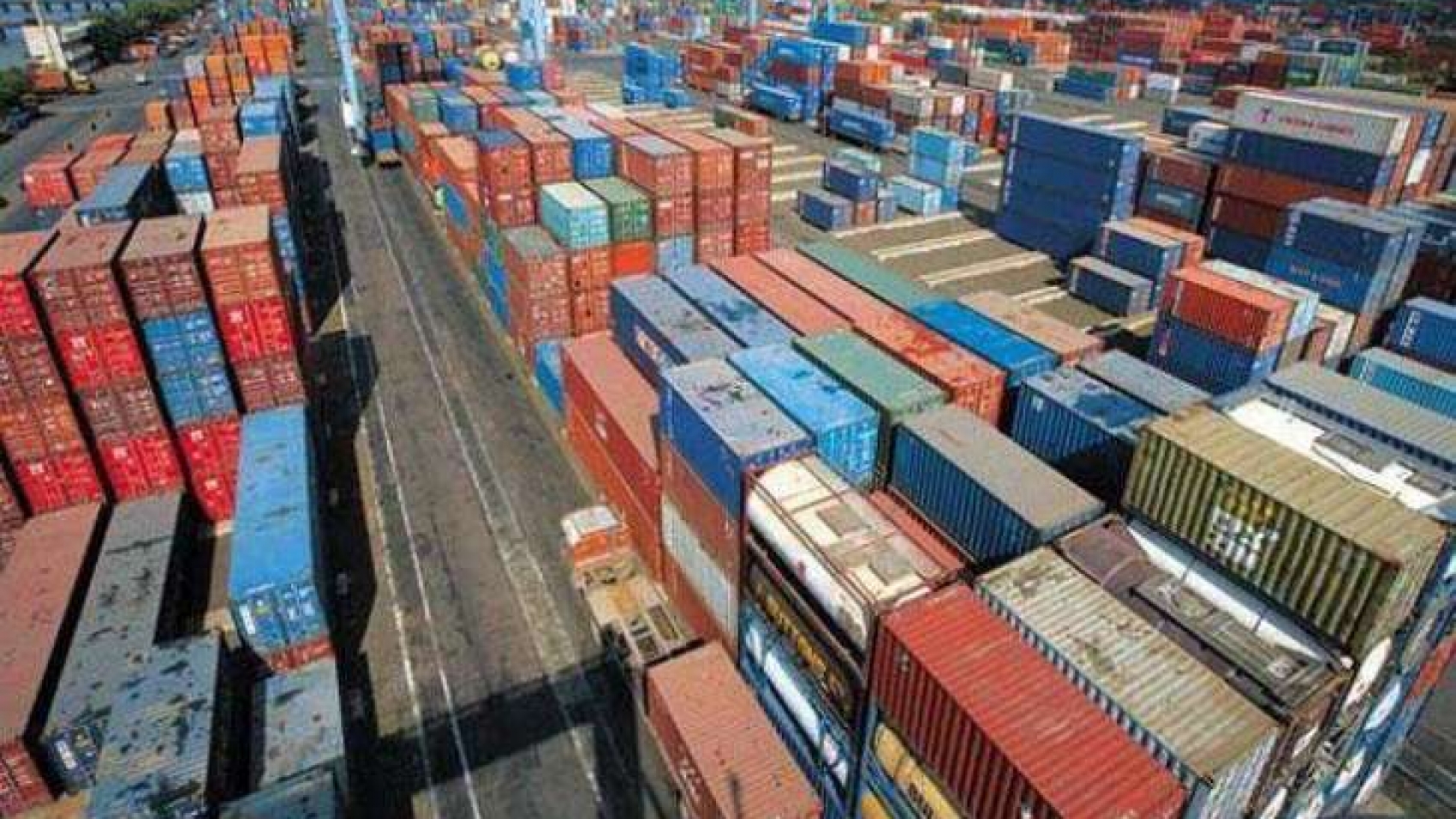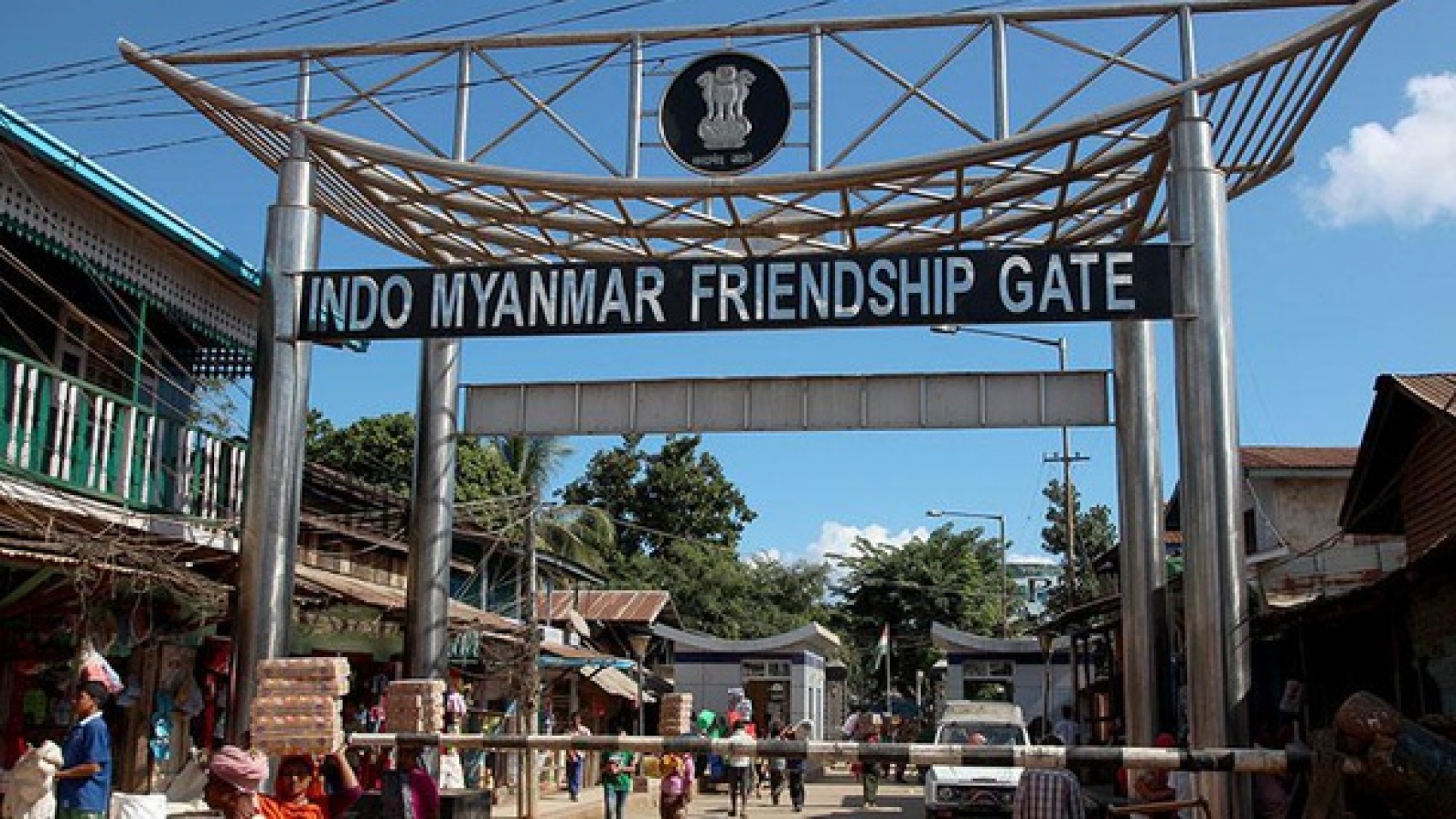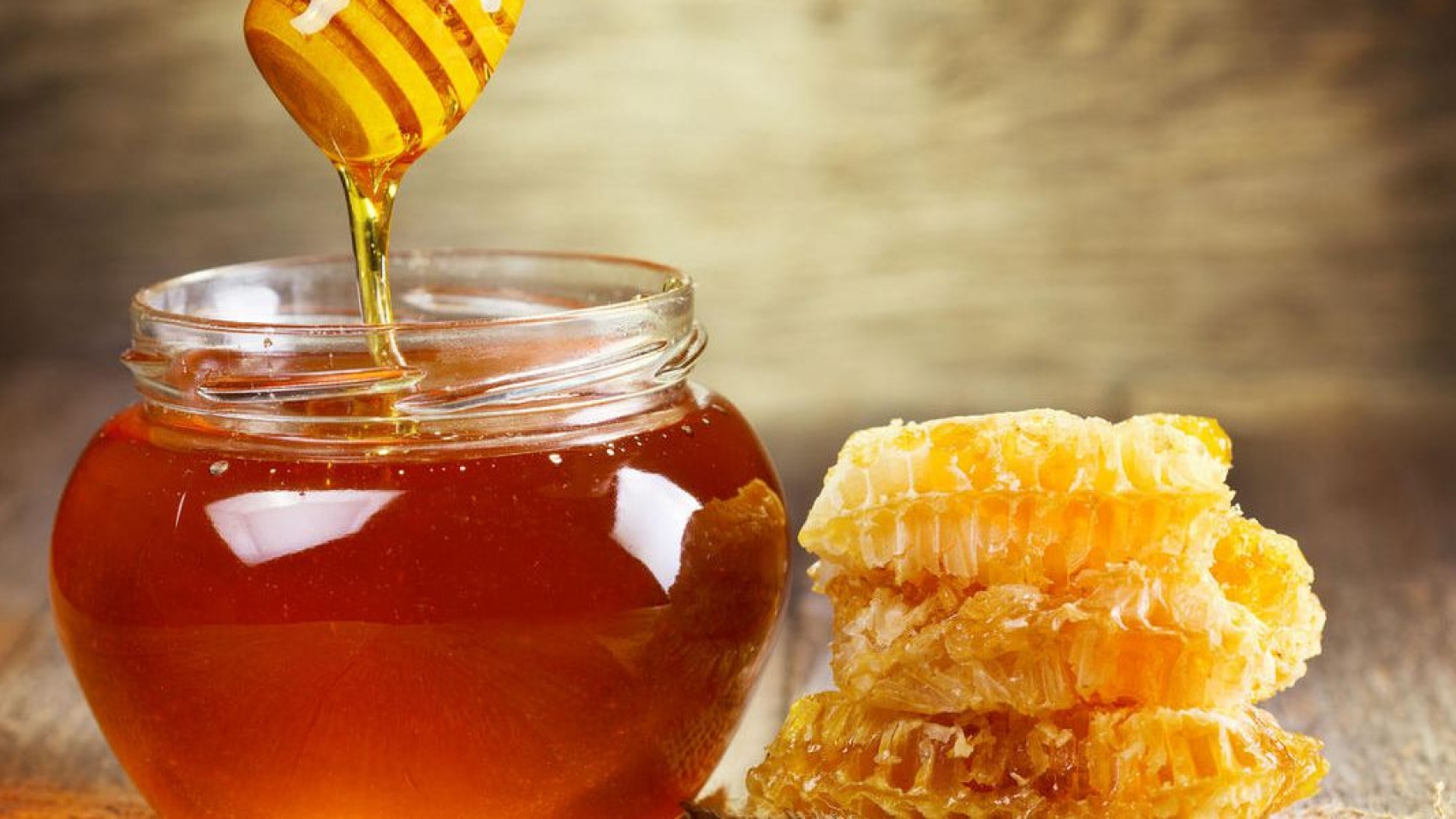THE domestic gold price soared to K1,341,000 per tical (0.578 ounces, or 0.016 kilogrammes) on 2 February, the gold traders said. The international gold price was pegged at around US$1,855 per ounce on 2 February 2021, while a US dollar exchange rate was worth K1,335. Last 6 January 2021, the precious pure gold metal price rose to K1,336,000 per tical in the domestic market, and now, it peaked within one month. However, the local market sees more sellers outnumbering the buyers.
Earlier, the daily transaction of 50 visses (a viss equals 1.6 kg) of gold were seen in the market. Now, about five vises are traded per day, according tothe Yangon Region Gold Entrepreneurs Association. In January 2021, the gold price was ranged between the minimum of K1,316,000 per tical (28 January) and the maximum of K1,336,000 per tical (6 January). According to gold traders, the local gold reached the lowest level of K1,310,500 (2 September) and the highest level of K1,314,000 (1 September). In October, the rate ranged between K1,307,800 (30 October) and K1,316,500 (21 October).
The rate fluctuated between the highest of K1,317,000 (9 November) and the lowest of K1,270,000 (30 November). In December, the pure yellow metal price moved in the range of 1,280,000 (1 December) and 1,332,000 (28 December). With global gold prices on the uptick, the domestic price hit fresh highs last year, reaching K1,000,000 per tical between 17 January and 21 February, crossing K1,100,000 (22 June to 5 August), climbing to over 1,200,000 (7 August-4 September), and then reaching an alltime record high of K1,300,000 on 5 September 2019.
Source: The Global New Light of Myanmar




